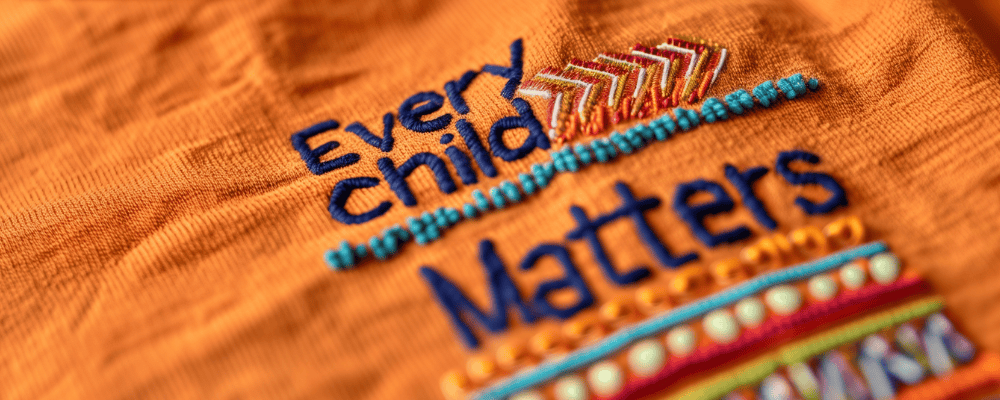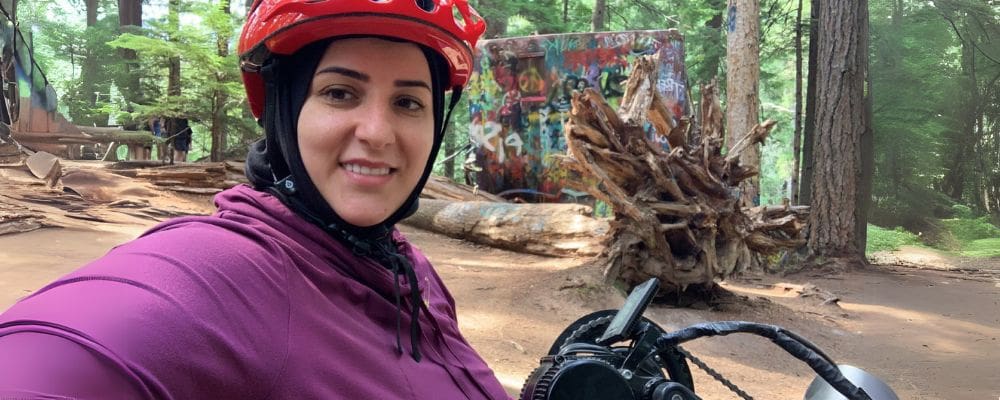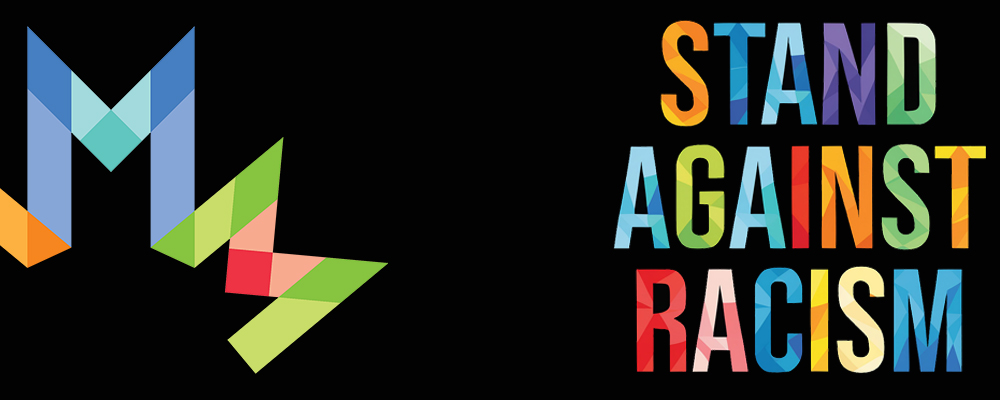Photo courtesy of Chris Robert from Unsplash National Day for Truth and Reconciliation
By the MOSAIC BC Centre of Diversity
September 30th is National Day for Truth and Reconciliation. This day also coincides with Orange Shirt Day, a day during which Canadians are encouraged to wear orange shirts to commemorate the children who were sent to residential schools, reflect upon the nation’s history of harm, as well as its obligation to Indigenous Peoples.
What is it?
What does Truth and Reconciliation mean? This is a big question and is one that Canada continues to reckon with. In 2008, the Truth and Reconciliation Commission of Canada (TRC) was instated to document the history and investigate the legacy of the residential school system. The main goal is to both uncover the truth of what happened to countless children and families, as well as to envision a path forward.
Organized by the Canadian government and Catholic Church, the residential school system was meant to eliminate Indigenous culture in Canada and assimilate Indigenous children into more Canadian ways of being. This focus on the “education” of Indigenous children allowed the government to separate families and effectively end Indigenous ways of life. One of the main goals of the Truth and Reconciliation Commission was to communicate the reality of the residential school system to those who may not know the whole story. While these institutions were labelled as schools, the children who attended were subject to a large amount of abuse and violence. Despite this, Indigenous survivors, communities, and cultures still exist and remain strong today.
Why is this day important? National Day for Truth and Reconciliation
This day is not just meant to commemorate the families impacted by the residential school system and its continuing legacy. It is also meant to serve as a reminder of the responsibility of the Canadian government to uphold its promises to Indigenous Peoples as stated by both the United Nations Declaration on the Rights of Indigenous Peoples (UNDRIP) and the TRC. In addition to the responsibility of the government, it is also the responsibility of Canadians to educate themselves on the true history of this country. Whether you have lived on this land for generations, or come to it more recently, everyone has something to learn. Settler colonial states, like Canada, have historically relied on the settlement of newcomers to prop up their legitimacy.
Ultimately, the question of how to reconcile with the truth of Canadian history is complicated. The legacy of the residential school system is weaved within the fabric of this nation and the answers are not simple. National Truth and Reconciliation Day is not just an opportunity to dress in orange and engage for one day out of the year, because truth and reconciliation cannot be accomplished in a single day — continuous allyship, learning, and work is what are perhaps most important.
Further resources:
First Peoples Law Reading List



